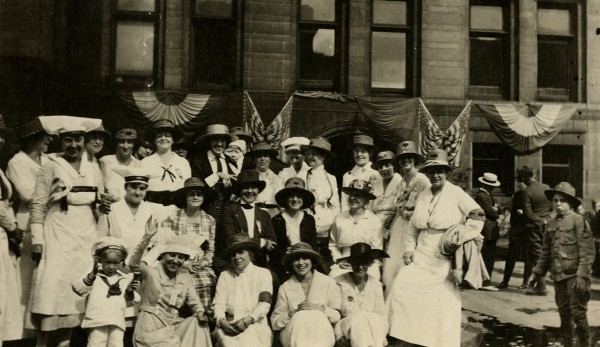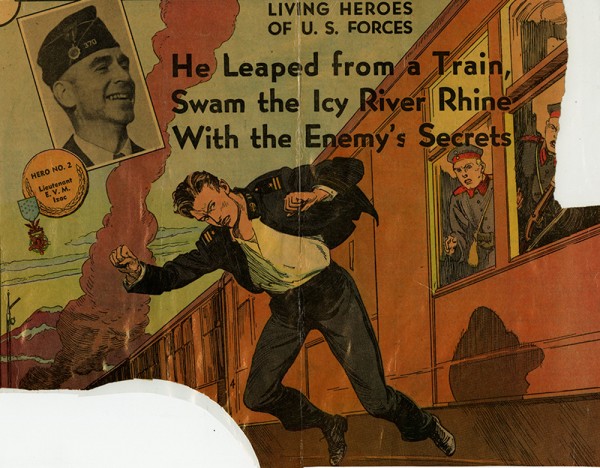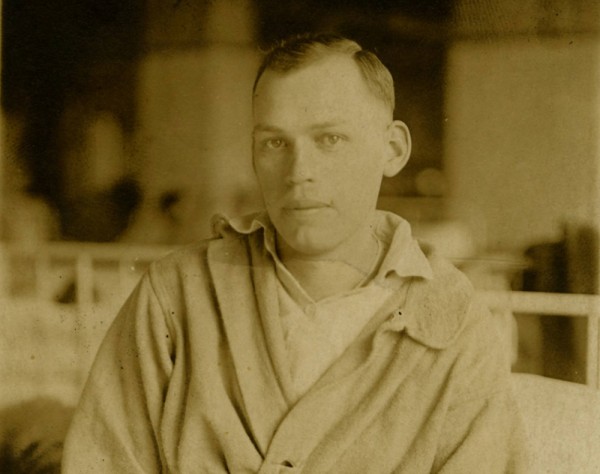Written by Petra DeWitt
During the Great War, German Americans and those of German or Austrian extraction, felt pressured to demonstrate their loyalty to the United States owing to national, state, and local mobilization efforts. Men volunteered for active duty, registered with the Selective Service, served when drafted, or if too old participated in the Home Guard. Families invested in Liberty Bonds, purchased War Savings Stamps, conserved food, and supported the Red Cross. Most did so to express their heartfelt patriotism; others intended to appear loyal to divert attention from their ethnicity; and some resented the war’s and government’s interference in their daily lives.1 Federal legislation directly impacted many German Americans. Immigrants from Germany and Austria who had not yet become naturalized citiz… Continue Reading








